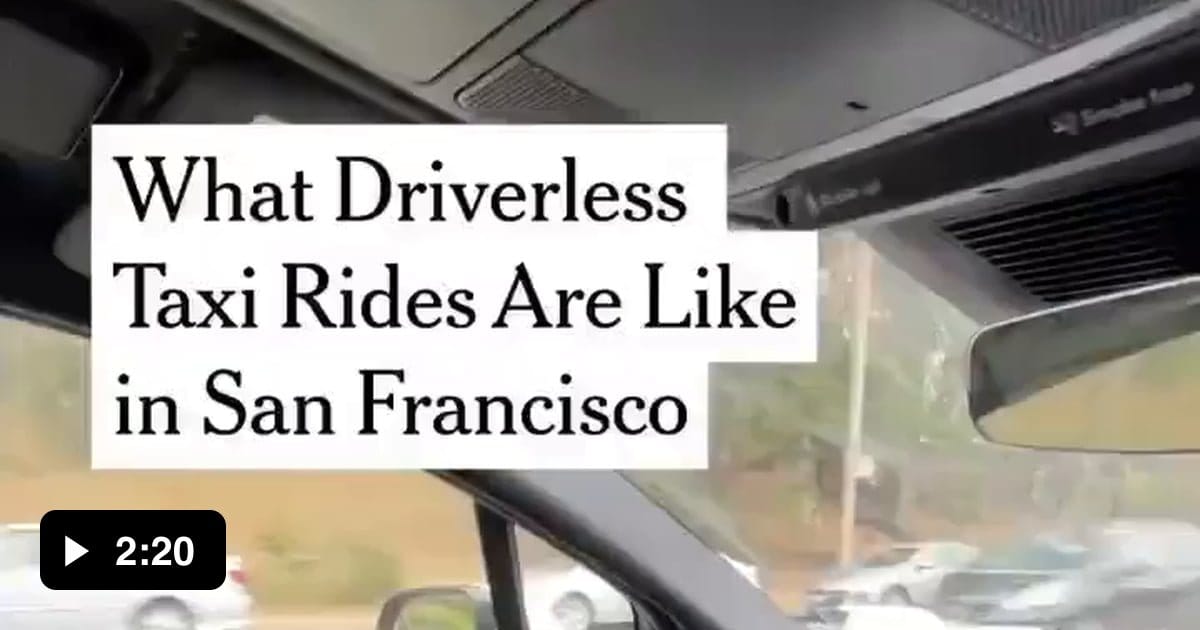The landscape of transportation is on the brink of a significant transformation, marked by the rise of autonomous vehicles. As companies like Elon Musk’s automobile venture gear up for the rollout of driverless taxis, questions surrounding safety and accident prevention have emerged, prompting federal scrutiny. Recently, federal regulators initiated a dialogue with Musk’s company, specifically addressing the systems and technologies that will be implemented to minimize the risk of accidents during the planned deployment in Texas. This inquiry highlights the critical need for comprehensive safety measures as the country inches closer to a future where autonomous vehicles become mainstream.
The National Highway Traffic Safety Administration (NHTSA), the federal body responsible for overseeing vehicle safety standards in the United States, has expressed a keen interest in understanding how Musk’s driverless taxis will navigate complex urban environments while ensuring the safety of both passengers and pedestrians. The inquiry comes on the heels of rising public curiosity about the potential implications of self-driving technology, particularly in populous states like Texas, where the roads are often busy and congested.
One of the primary concerns raised by regulators is the technology underpinning the driverless taxi system. Musk’s company has made significant investments in artificial intelligence and machine learning, aimed at equipping their vehicles with the ability to learn from real-time data, evaluate various driving scenarios, and react accordingly. Regulators are particularly interested in the algorithms that govern the vehicle’s decision-making process during high-stress situations, such as when another vehicle unexpectedly cuts in front or when pedestrians step onto the roadway without warning.
Moreover, the agency has sought clarity on how Musk’s company plans to handle the multitude of variables that typically challenge human drivers. Traffic patterns, road conditions, and unpredictable weather are just some of the factors that impact driving safety. Understanding how the driverless taxis adapt to these conditions will be crucial in determining their viability as a safe mode of transport. NHTSA officials have also inquired about the vehicle’s capability to communicate with other road users, including traditional vehicles and pedestrians. The integration of advanced communication systems is seen as essential for preventing accidents, as it allows for a shared understanding of traffic movements and intentions.
Another aspect under scrutiny is the extensive testing regimen that Musk’s company has employed prior to the planned rollout. Federal regulators are reviewing data from these testing phases to assess how effectively the driverless taxis performed in controlled environments versus real-world conditions. This review will play a pivotal role in evaluating whether the current technological framework can be trusted to operate safely on public roads.
Musk’s company has been operating in various testing capacities for several years, utilizing urban streets and highways to fine-tune their systems. Despite the extensive testing, the NHTSA’s inquiry indicates that regulators are wary of over-relying on pre-deployment assessments and are advocating for post-deployment surveillance as well. Continuous monitoring systems could ensure that any unforeseen issues detected in the vehicles’ performance could be addressed promptly, instead of waiting for an accident to occur.
The driverless taxi rollout in Texas represents a significant step forward for the broader adoption of autonomous vehicles throughout the United States. However, it also brings forth a myriad of regulatory challenges. The Texas Department of Transportation has expressed its support for innovation while emphasizing the importance of maintaining safety standards. As the state prepares for the introduction of these driverless taxis, it is crucial that both state and federal agencies work together to develop a framework that instills public confidence in this new mode of transportation.
The involvement of federal regulators underscores the accountability that comes with deploying advanced technology in public spaces. Musk’s company, like any manufacturer venturing into this uncharted territory, has the responsibility to address safety gaps effectively to mitigate potential risks associated with automation. This also emphasizes the role legislators and regulatory bodies play in ensuring that novel technologies, especially those impacting public safety, undergo rigorous scrutiny before becoming commonplace.
As the dialogue continues between Musk’s company and federal officials, the outcomes of this inquiry could set precedents for future autonomous vehicle programs. The safety protocols developed through this process will likely have implications that extend beyond the realm of driverless taxis, influencing the landscape for other companies aiming to launch similar products.
In conclusion, the inquiry into safety measures for Musk’s driverless taxis is not just a regulatory formality; it represents a critical checkpoint in the evolution of automated transport. With the ambitious goal of integrating autonomous vehicles into everyday life in Texas, both innovation and safety must work hand in hand to navigate this complex terrain. As such, the future of driverless taxis hangs in the balance, dependent on how effectively these vehicles can discern and respond to the myriad challenges of real-world driving.


